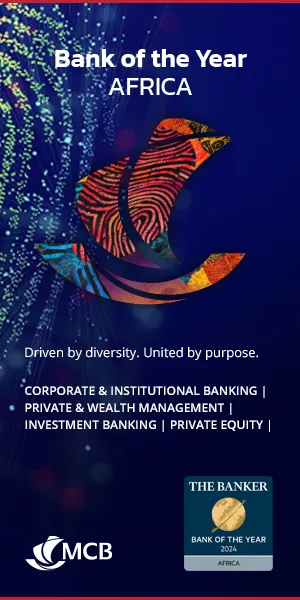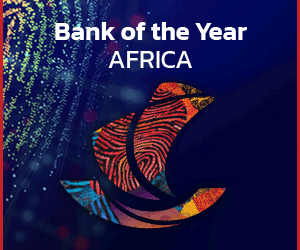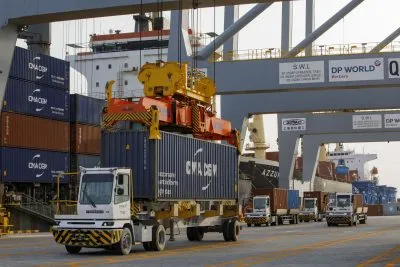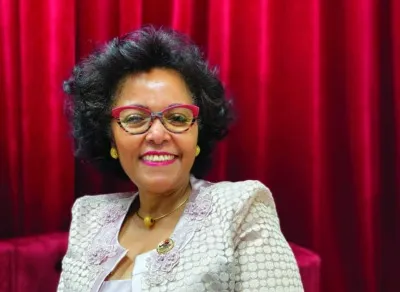The story of Africa’s microfinance revolution has so often been repeated that it risks cliché. An enterprising farmer in a remote area of Tanzania, eager to pay for his latest batch of inputs, punches numbers into a cheap Chinese-made handset. Minutes later, confirmation arrives that a loan has been secured, and the farmer sets about his work with renewed vigour.
It is easy to take such feel-good stories for granted in parts of the continent, which only a decade ago lacked even the most rudimentary financial infrastructure. Yet the undoubted success of extending credit lines to remote farmers has yet to be replicated at the level of Africa’s capital-starved medium-sized businesses.
According to a 2014 report from the Brookings Institution’s Africa Growth Initiative, around 32% of medium-sized enterprises in sub-Saharan Africa receive a bank loan compared to over 50% elsewhere. And within the continent, medium-sized firms are 13-14% less likely to have a loan than large firms. Too small to attract the attention of major banks and too big to benefit from microfinance, they struggle to find the cash they need to fund expansion.
Motivated by a desire to reach out to this ‘squeezed middle’, new lenders are stepping into the breach. Cofina (Compagnie Financière Africaine), a loan provider focusing on SMEs in Francophone West and Central Africa, is hoping to capitalise on what director general Jean-Luc Konan says is a market with “tremendous potential”.
“There’s a huge opportunity – it was untapped for various reasons. The traditional banking system was made and created as per some international standards…The creation of microfinance came to finance the bottom. [The middle] requires a different paradigm shift.”
Cofina’s business model involves distributing loans to businesses that require between $2,000 and $200,000 to fund their expansion. The company’s average loan is around $60,000 – based on September figures, $71m has been deployed, according to Konan.
Speaking to African Business on the sidelines of the African Leadership Forum in New York, Konan, a veteran banker, says that the lender has plans to expand to 16 countries by 2021 – an ambitious goal given continued economic headwinds battering emerging markets. The Institute of International Finance predicts net capital outflows will hit developing markets this year for the first time in over a quarter of a century.
Despite the bearish backdrop, Konan says that Cofina expects to lend $250m by next year and will ramp up plans to expand in markets across West and Central Africa.
Konan says that Cofina’s customer base across diverse sectors of the economy and businesses of various sizes is likely to mitigate the risks of lending heavily against a difficult backdrop.
“You cannot disconnect lending from the global economic climate…but our credit is diversified geographically and within a country. It is scattered among customers that work in different sectors, so that minimises the concentration risk and the risk that some sectors might face economic difficulties.”
The first phase of Cofina’s expansion is likely to focus on Francophone markets across Africa’s middle belt, where Konan, a former United Bank for Africa chief executive for Gabon and Senegal, has significant experience. Growth prospects there remain stable, according to the African Economic Outlook, which projects Central African real GDP growth of 5.5% this year and 5.8% next year alongside West African growth of 5% and 6.1%.
“These are the countries which we know by essence and we know well. In the second phase we will go beyond, but firstly it’s important to expand in an environment that you know.”
The philosophy of sticking to what you know underpins Cofina’s lending strategy. Despite retaining a unified central management covering all regions, Konan says that lending decisions – and the initial responsibility to chase up bad loans – are largely delegated to local offices who work closely with their customers.
“The business model is country specific. I cannot design a business model for Guinea because the MD and his team know the environment – it’s the business of proximity. The way to minimise risk is to hire the right people who know the environment and let them operate. Your role as a company, as a support holding, is to put the correct trigger in place so that when you reach a certain level of non-performing loans or operational losses, you fix the problem.”
For any lender, the swift resolution of non-performing loans remains key to ensuring financial stability. But the methods of doing so remain controversial. Microfinance institutions have come under close scrutiny in recent years for trapping poor customers in a spiral of debt and crippling interest repayments. Once seen as a panacea for regions suffering from chronic poverty, microfinance has been portrayed as an opportunistic scam leeching off vulnerable communities.
For Konan, lending to medium-sized businesses brings its own challenges, but face-to-face business and strong personal relations are the key to resolving any difficulties.
“We have a very efficient recovery system. The ideal customer is a customer that the relationship manager sees when he leaves his house for the office and sees when he is going back home. He can see whether the activities are facing difficulties and propose ways to manage the problems. We don’t want to be surprised, we want to know up front [if there are problems].”
Having cornered a market previously ignored by the largest international banks and their subsidiaries, Konan expects that Cofina’s strongest competition will emerge from the ranks of Africa’s newly confident regional and local lenders. Nevertheless, he remains bullish that Cofina’s head start, combined with its planned expansion, will help it to retain an edge in a market where African firms consider access to finance as the most important constraint on their growth.
“They are coming, but let me put it this way, we are not afraid because we have developed in that sector. So unless you acquire us, competing in that sector with us…we still have an edge.”
David Thomas
Want to continue reading? Subscribe today.
You've read all your free articles for this month! Subscribe now to enjoy full access to our content.
Digital Monthly
£8.00 / month
Receive full unlimited access to our articles, opinions, podcasts and more.
Digital Yearly
£70.00 / year
Our best value offer - save £26 and gain access to all of our digital content for an entire year!

 Sign in with Google
Sign in with Google 





